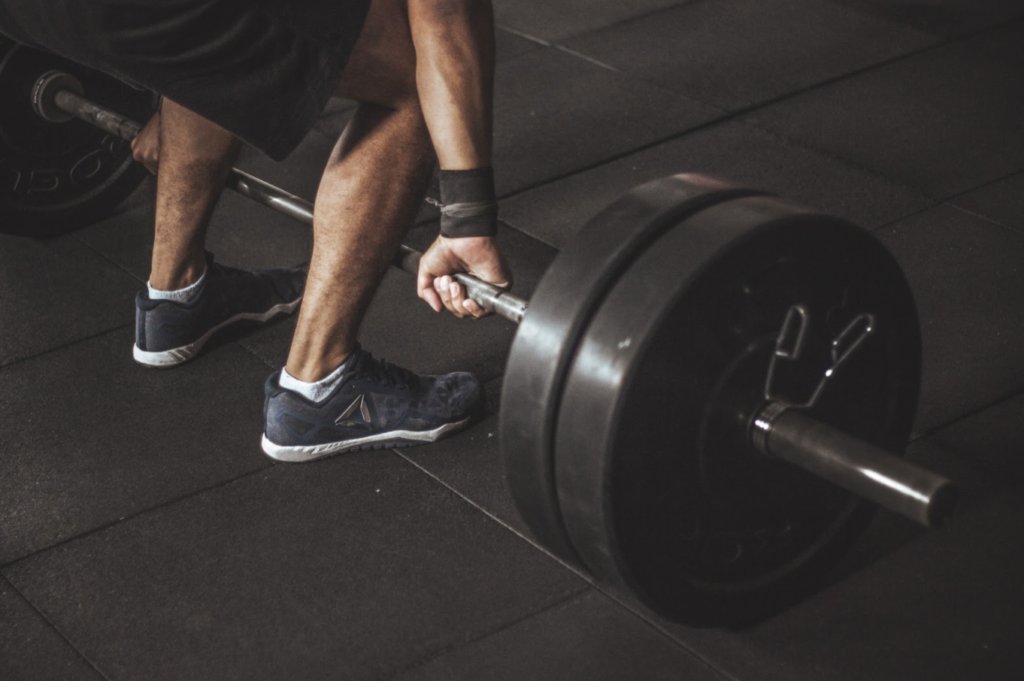
There’s a certain buzz in the air when you step into a gym. The clang of weights, the rhythmic thump of treadmills, and the collective sense of determination can be energising. For many, the gym is a place of empowerment and physical betterment. But even the most well intentioned workouts can go wrong. Injuries in the gym are more common than we like to admit, and most of them are preventable.
Let’s explore some of the most frequent culprits of gym related injuries and, more importantly, how to steer clear of them.
1. Lower Back Strain
Arguably the most frequent offender. The lower back takes the brunt of many exercises, especially when lifting weights.
Why it happens: Poor form, lifting too heavy too soon, lack of core engagement.
Avoid it: Learn proper lifting technique. In deadlifts and squats, maintain a neutral spine and engage your core. Don’t let ego dictate the weight you lift. Start lighter, perfect the movement, and then progress. Add core strengthening to your routine a strong core supports your spine.
2. Shoulder Injuries (Rotator Cuff Issues)
Shoulders are a delicate joint, and yet we push them hard, especially in upper body workouts.
Why it happens: Overhead lifting with poor form, lack of mobility, overuse.
Avoid it: Warm up your shoulders with mobility drills and resistance band work. Balance pushing exercises (like bench press) with pulling ones (like rows). If your shoulders feel tight or painful, back off. Strengthen the rotator cuff muscles they’re small but mighty when it comes to shoulder health.
3. Knee Pain
A common complaint, especially among those who squat, lunge, or run.
Why it happens: Misalignment during squats/lunges, weak glutes or hips, improper footwear.
Avoid it: Watch your knee alignment, it should stay in line with your toes, not cave in or out. Strengthen the glutes and hip stabilisers. Don’t let your heels lift off the ground during squats. If you’re running, invest in good footwear and replace shoes regularly.
4. Wrist Strain
The wrists take more load than we realise, especially in push-ups, planks, and lifting.
Why it happens: Poor wrist positioning, lack of flexibility, going too heavy.
Avoid it: Warm up wrists with gentle stretches and circles. When lifting, keep wrists neutral (not bent back). Use wrist wraps if you’re lifting heavy, but don’t rely on them. Build wrist and forearm strength.
5. Elbow Tendonitis (“Tennis Elbow” or “Golfer’s Elbow”)
Often seen in lifters who favour curls and presses.
Why it happens: Repetitive strain, gripping too tightly, lack of rest.
Avoid it: Vary your grip during workouts. Don’t overtrain the same muscle group day after day. Stretch your forearms and use tools like a massage ball for release. Pay attention to early signs, aching elbows during or after workouts are a red flag.
6. Ankle Sprains
You might not expect it, but even in a gym, a misstep can lead to a sprained ankle.
Why it happens: Poor balance, unstable surfaces, jumping/plyometric exercises.
Avoid it: Include balance and proprioception training in your routine. Use proper shoes with good grip. Step carefully during box jumps or step-ups. Strengthen the lower legs.
7. Muscle Strains (Hamstrings, Calves, Biceps)
Sudden twinges during a lift or sprint can sideline you for weeks.
Why it happens: Inadequate warm-up, explosive movements, muscle imbalances.
Avoid it: Always warm up dynamically, don’t stretch and hop in. Ease into explosive movements like sprints or cleans. Stretch regularly post-workout and get to know your tight spots.
General Tips to Stay Injury-Free
- Warm Up Properly: 5–10 minutes of light cardio and dynamic stretches.
- Don’t Skip Mobility: Range of motion matters. Regular mobility work can prevent stiffness and improve performance.
- Focus on Form: Quality over quantity. Don’t sacrifice form for reps.
- Listen to Your Body: That slight pinch or tweak? It’s a whisper before it becomes a scream.
- Rest and Recover: Muscles grow and heal on rest days, not while you’re hammering them.
- Hydrate and Fuel Well: Dehydrated or underfed muscles cramp and fatigue faster.
When to See a Physiotherapist
If pain lingers for more than a few days, or worsens during activity, it’s time to seek help. A physiotherapist can assess movement patterns, identify weaknesses or compensations, and tailor a plan for your recovery and future prevention.
At Red Physiotherapy , we often see gym-goers who delayed treatment until the pain became unmanageable. The earlier you address a problem, the quicker you can bounce back.
Final Word
The gym should be a place where you build yourself up, not break yourself down. With mindful practice, a bit of patience, and a healthy respect for your body’s signals, most injuries can be avoided.
Train smart, train consistently, and don’t be afraid to ask for guidance.
To book your appointment, call on the number below-
📞 Call 01604 385343 (Northampton) or 01908 713973 (Milton Keynes) or Book Online today!

